Rembrandt spat settled by Franco-Dutch deal
- Published
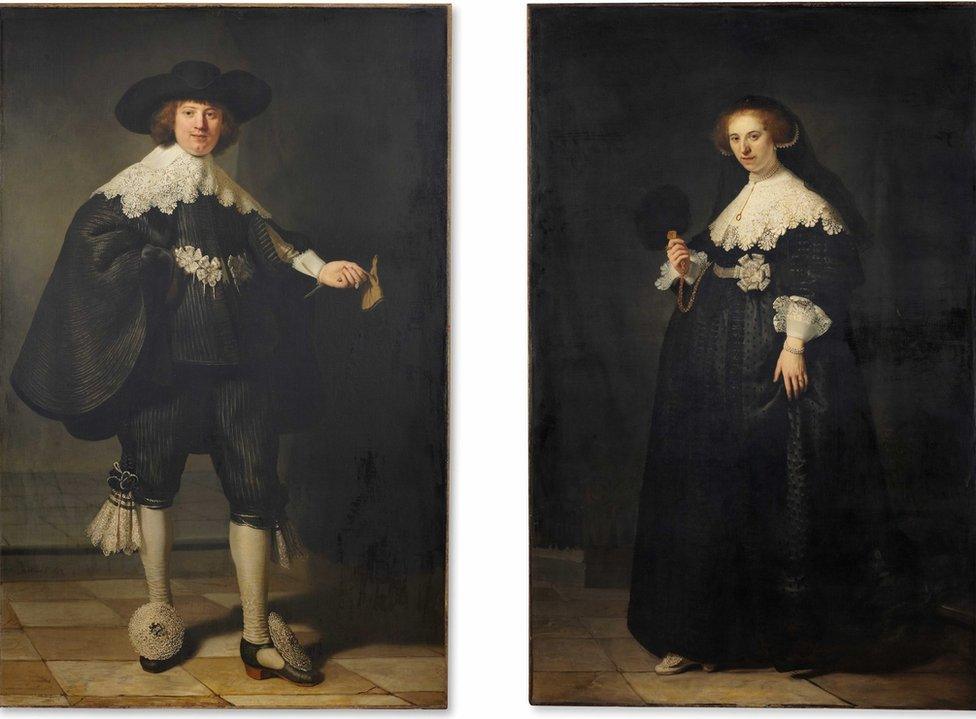
The twin portraits were painted in 1634 early in Rembrandt's career
For weeks, France and the Netherlands wrangled over the fate of a pair of 17th-Century wedding portraits by Dutch master Rembrandt.
While the Dutch government and Rijksmuseum tried to secure both paintings for the nation, France sought to buy one for the Louvre in Paris.
But the €160m (£120m; $180m) price tag proved a deal breaker for the Dutch.
And, after tortuous negotiations the two nations have finally agreed to buy the paintings together.
"A couple of months ago it still seemed unthinkable, but now two magnificent portraits will be together in public, in two world-famous museums," said Rijksmuseum director Wim Pijbes, clearly delighted at the news.
The life-size portraits of Maerten Soolmans and Oopjen Coppit, a well-to-do couple from Amsterdam in their early 20s, were painted by Rembrandt van Rijn at the start of his career in 1634 and are seen as unique.
They were bought by the Rothschild family in 1877 and taken to Paris, despite Dutch government attempts to stop the paintings leaving the country.
They did go on display in the Netherlands in 1956 but have otherwise rarely been seen in public.
Top-level talks
The fate of the wedding portraits was hotly debated in the Dutch parliament on Tuesday as MPs feared the works could be lost in a bidding war to private collectors in China or the Gulf.
Two parties argued that the money could be spent on better things, as the government tried in vain to come up with the necessary €160m through government money as well as lottery funds.

The paintings are expected to go on display in the same gallery as Rembrandt's Night Watch
Meanwhile, French Culture Minister Fleur Pellerin spent the summer trying to raise €80m to keep one of the portraits for the Louvre, through sponsorship by the Bank of France.
Her Dutch counterpart Jet Bussemaker revealed in a letter to parliament that the deal was eventually sealed at the United Nations during a meeting between Prime Minister Mark Rutte and French President Francois Hollande.
As part of the agreement, the two works would first be put on display in the Rijksmuseum, she said.
The Amsterdam museum's director said it was something of a novelty in the museum world for two countries to share a work in this way, but it was a good solution.
Mr Pijbes said the paintings would be put on display in the Rijksmuseum's Gallery of Honour, external, at the end of which hangs Rembrandt's renowned Night Watch. They would either hang opposite works by Frans Hals, or with other Rembrandts.
- Published15 April 2013
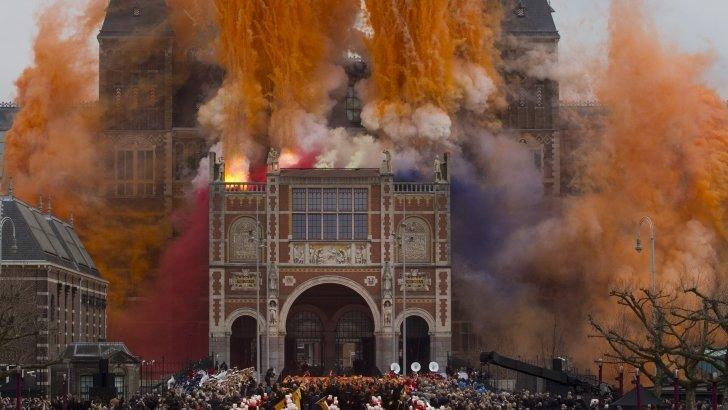
- Published14 October 2014
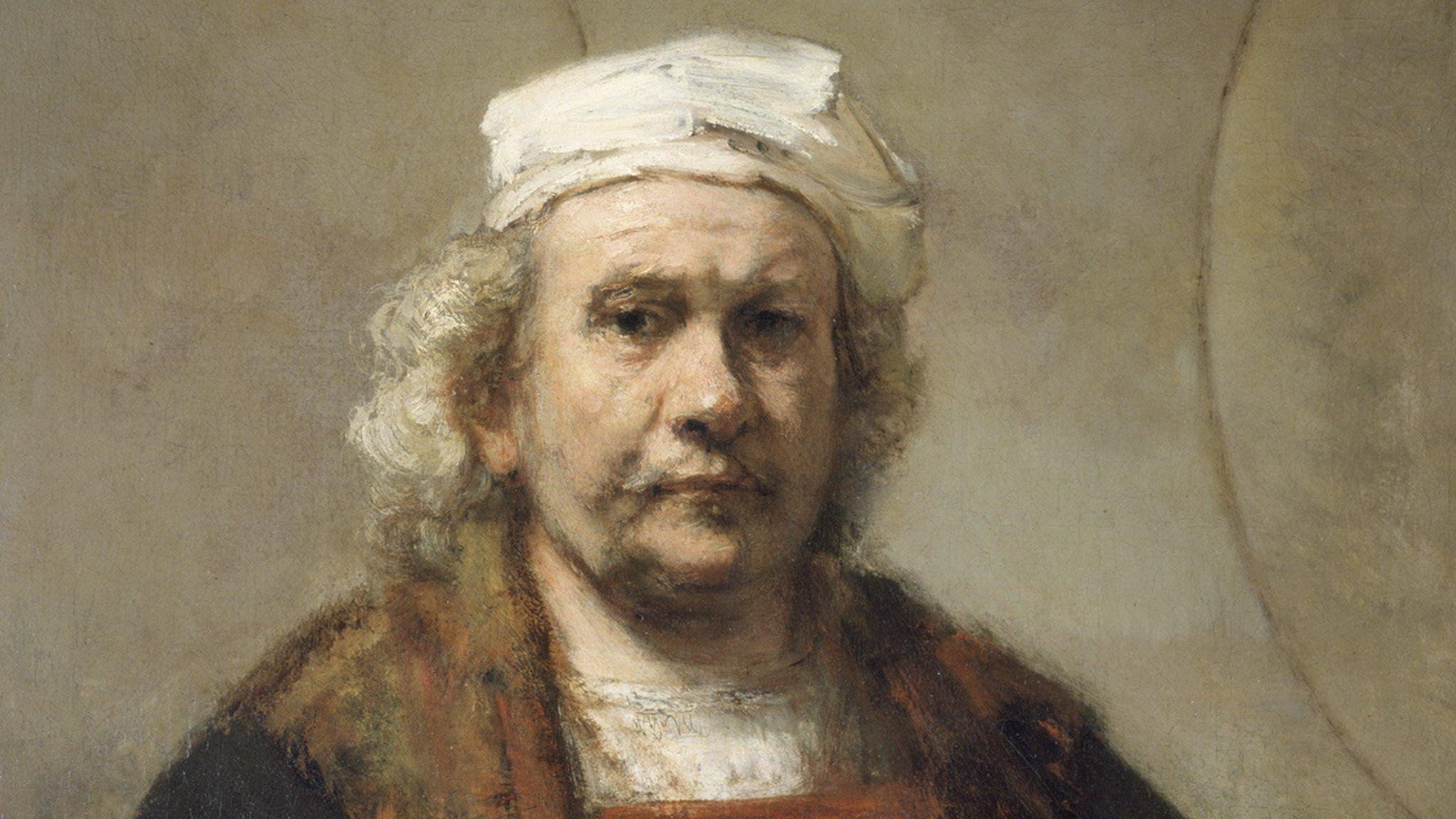
- Published14 October 2014
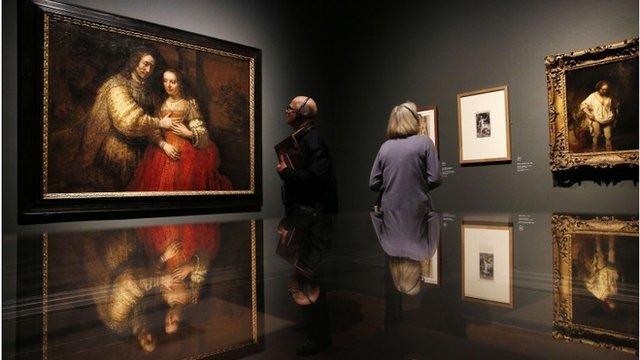
- Published30 July 2014
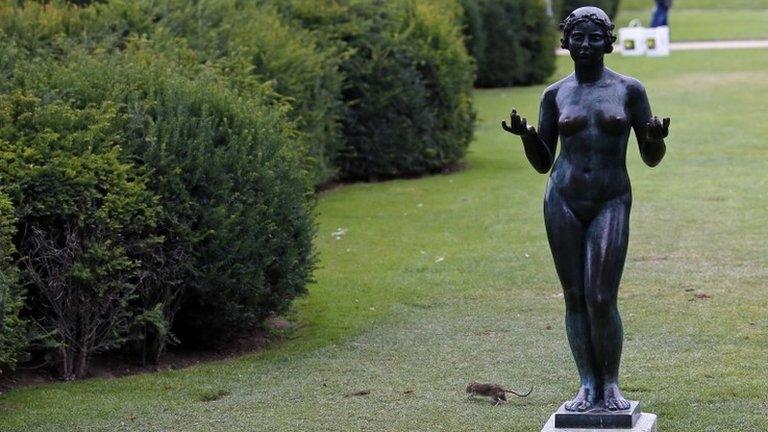
- Published12 September 2013
